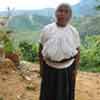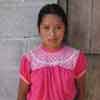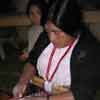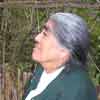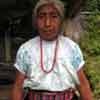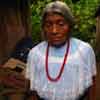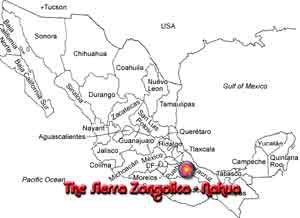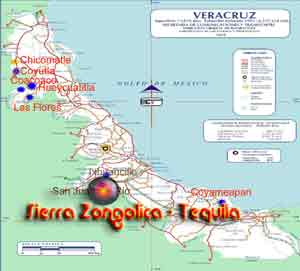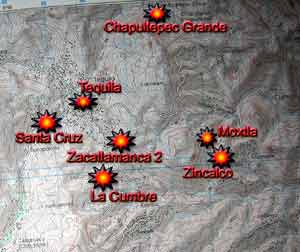 |
 |
 |
 |
|
|||||||||||||||||||||||||||||||||||||||||||||||||
|
Tequila, Veracruz, Mexico – The name of the town originates from the Nahuatl word Tequilan which means Place of the land vegetables or Land of tribute. It is a Nahuatl speaking region with 11000 total population 80% speak the Nahuatl language. The town was the seat of the conquering triple alliance known as the Aztec alliance and was the point to which tribute was given. The ecosystem is High Mountain and is part of the Zona Fria of the Sierra Zongolica. The principle crops are corn and coffee. Wood is also an important resource but in recent years after much deforestation the government is trying to control the wide spread abuses of the forest. Many men migrate to the US in search of work. Nahua of the Sierra Zongolica – The Sierra Zongolica is located in the Grand Mountain part of the central region of the State of Vera Cruz. The Zongolica is divided in to two zones the hot zone and the cold zone, these divisions are based on altitude more than any thing else and the costumes are distinct in the two regions. In the cold zone the costume is a black wool wrap skirt, a lace blouse, hand woven belt, a sweater and a reboso. The men wear a muslin pants and shirt with a wool poncho depending on the resource of the person they may or may not wear sandals. In the hot zone it is all white muslin blouse and skirt with pleats on the sleeves and in some cases a light machine embroidery. The mens costume is the same in both regions. In the hot area the costume is disappearing fast. The few village shown in these galleries were far removed and only a few elderly women still wore traditional clothing. The Sierra Zongolica is inhabited by Nahua speakers who are descendent from the Nonoalco peoples. There are 14 municipalities that form this region of the State of Vera Cruz, part of the Zongolica are in the State of Puebla and are not treated here ( see Nahua of Puebla ( Tehuacan) . As mentioned earlier the peoples of this region have strong ties to the Nahua culture and due to their isolation most (90%) speak Nahuatl as their first language and even n the language of commerce. Traditional healing is alive and well in the Sierra and there is an active group of curanderos that live in each community. These curanderos ( healers) use herbs or a type of indigenous chiropractic healing ( hueseros) and spiritual healings. I was able to go with these healers to a traditional ceremony performed in many parts of the Zongolica called Xochical. Xochicali is a ceremony which any one can perform to ask forgiveness of mother earth for any harm caused by last years planning cycle and to ask of permission and blessing on the next agricultural cycle. This ceremony was held in a cave where the healers danced and then set up a small alter and prayed in Nahuatl and Spanish. Crafts in the region include the weaving of wool and cotton clothing, and the weaving palm items for daily use, clay is used to make all the daily plates and of course a comal where tortilla are cooked. The road building in the region will help open it up; I am really not sure how it will help the individual subsistence farmer. But at least they will be able to leave the area faster. To get into the Sierra Zongolica you can enter from the town of Orizaba located at the foot of the largest volcano in Mexico. On your map follow the freeway from Puebla toward Veracruz and exit at Orizaba. |
||||||||||||||||||||||||||||||||||||||||||||||||
|
|||||||||||||||||||||||||||||||||||||||||||||||||

